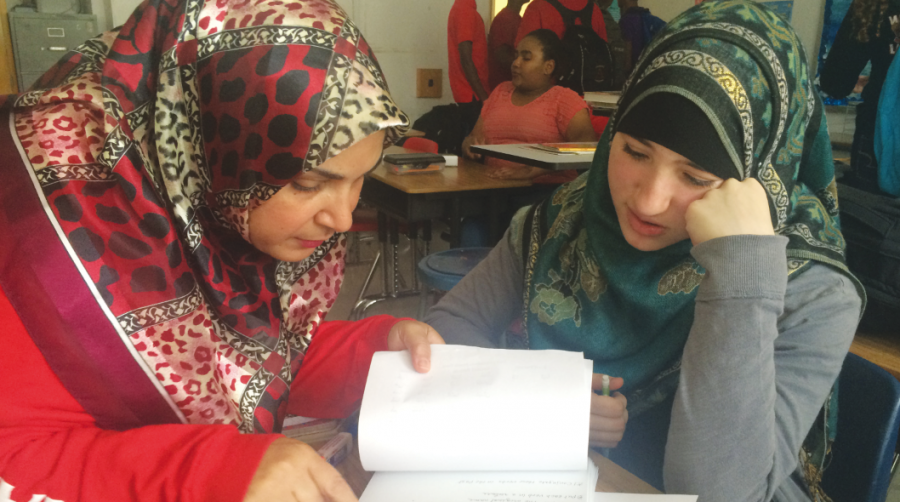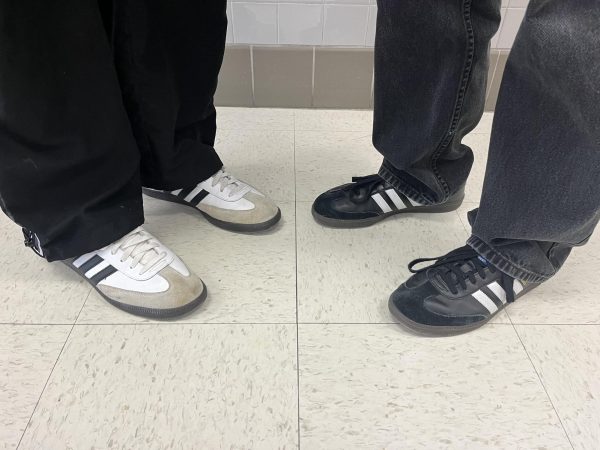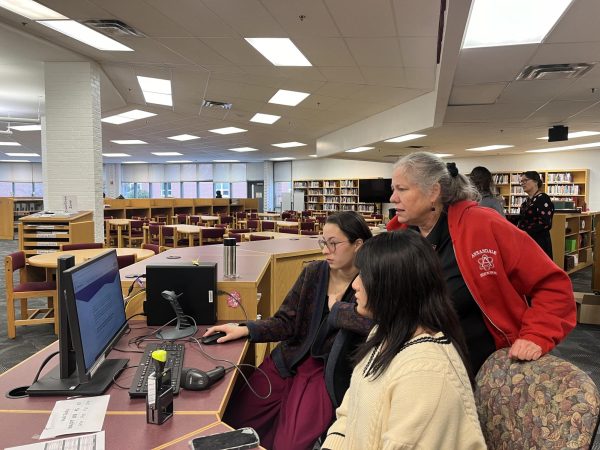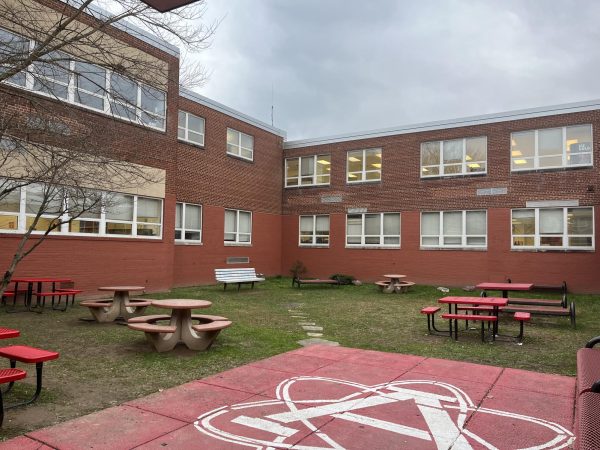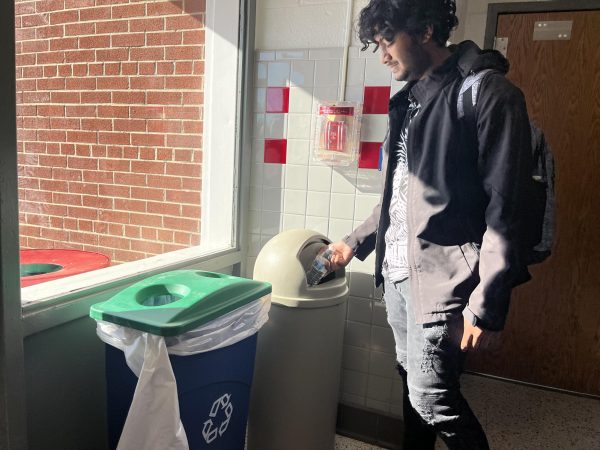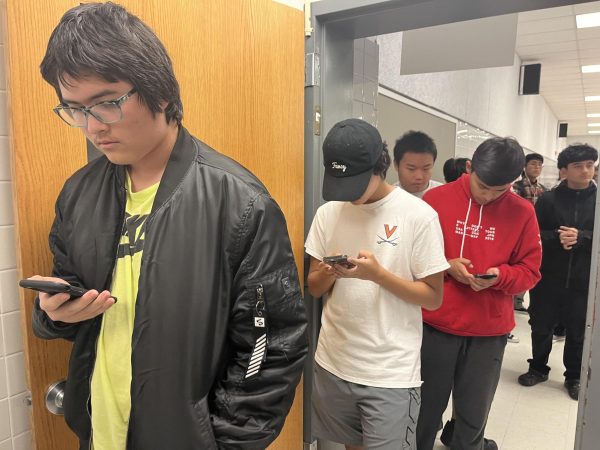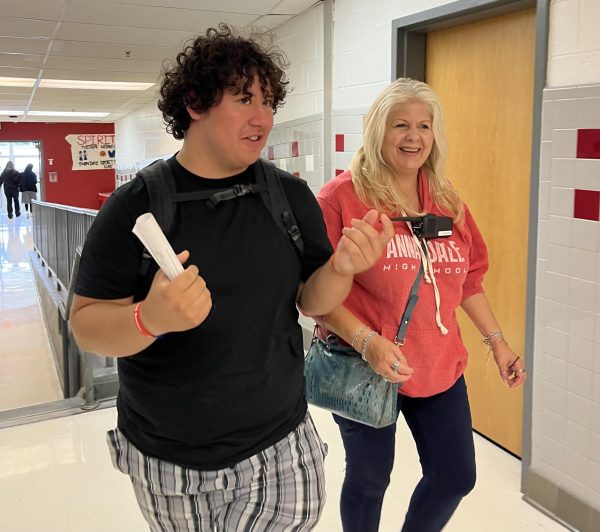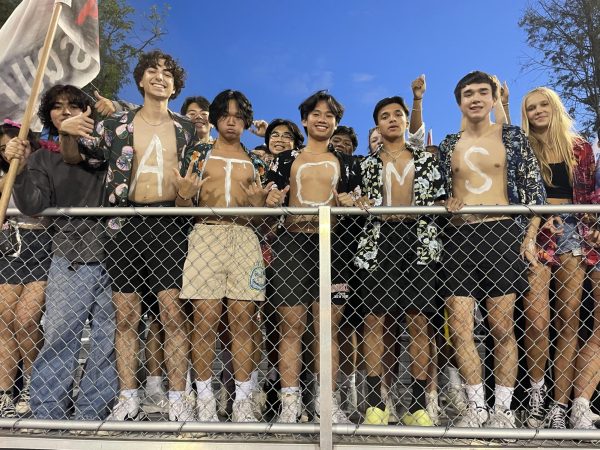This is why most of your teachers are white
At AHS we pride ourselves with the fact that the student body is so diverse and rich with different cultures, ethnicities and religions.
However, as students go through each of their classes they cannot help but notice a glaring fact.
It is not that they are surrounded by classmates who can speak a plethora of languages or the different lunches that reflect their culture, it is the lack of racial diversity.
At AHS, we have a plethora of teachers that are diverse in age, political views, languages, and other factors ;yet racial diversity is lagging.
Of course the easy solution would be to hire more minority educators, but the solution may not be so simple.
According to a study published by the Albert Shanker Institute, endowed by the American Federation of Teachers, the number of minority teachers across the United States has declined.
According to the National Center of Education Statistics (NCES), Asian and Hispanic men are the least likely to go for teaching jobs after college and African American men are not far behind.
Within the last 40 years, the United States has doubled its number of minority teachers, but within the last 10 years that number has remained pretty stagnant.
With the low numbers of minority men attending college for teaching, the prospective pool shrinks dramatically. This is not including the fact that fewer minorities go to college in the first place.
Recently, the population of Hispanic students have rocketed exponentially, meaning later on, the number of Hispanics going into college will increase at that rate too. Thus, it could bring in more Hispanic teachers.
There in front of us, and students now cannot wait another 40 years for growth.
Another reason behind why there are less minorities in teaching is the low pay.
Many minorities that get the opportunity to attend college, many being first generation, have pressure put on them to go toward higher paying jobs like doctors and lawyers.
Attitudes about teaching are also at a low because of the low pay, and to some, low prestige and low importance.
Despite this fact, there are active ways some states and organizations are doing to get more minorities in teaching.
For example, Teach for America is an organization that takes high placing college graduates and places them in low income schools for two year periods is now going into over 200 historically black colleges and Hispanic majority schools to recruit more minorities.
The results from this technique was apparent because in 2014, a year later from when they started their recruitment, half of their new teachers identified as racial minorities.
Districts like Boston Public Schools are creating specific initiatives to gain more Hispanic teachers by sending recruiters to states in the south near the border.
Not only are districts all over the country trying to understand the issue more, but there are also state wide initiatives.
In 2014, the Colorado Department of Education commissioned Augenblick, Palaich, and Associates to create a report in understanding teacher diversity. By using qualitative data, interviews, and thorough and cited research, they hope to understand and aid in bringing in more minority teachers.
The report, focusing a lot on recruitment for the next school year, suggested building relationships with community programs as well as “teacher preparation programs.” It also suggests expanding their search pools with not only teachers, but those involved in the classroom (first generation university students, teacher assistants, career changers.)
Additionally, the report called for the “recognition of institutional barriers for first-generation college or university students,” support for those struggling with certification exams, financial incentives like scholarships, grants, and stipends.
However, the same report concluded that each recruitment would cost approximately $10,000, which is tight for a county that is focused on providing for its f=growing student body.
Despite methods like these that are available, many school districts cannot afford to pay “stipends” for students trying to become teachers.
Another problem that ensues is that once minority teachers are hired, they are more likely to resign.
This issue is often tied back to the fact that many minority teachers are placed in low-income, high volume classrooms and many get upset and quit.
Putting minority teachers in front of students helps to dispel racism and stereotypes and allow for more positive views on minorities.
Having more minority teachers in the classroom is necessary, however. Many districts are not willing to pay the price for it, even if it may mean more engaged students.

Senior Aseal Saed is currently the Co-Editor in Chief of The A-Blast. This is her fourth year on staff. Her previous positions were as In-Depth Editor...



